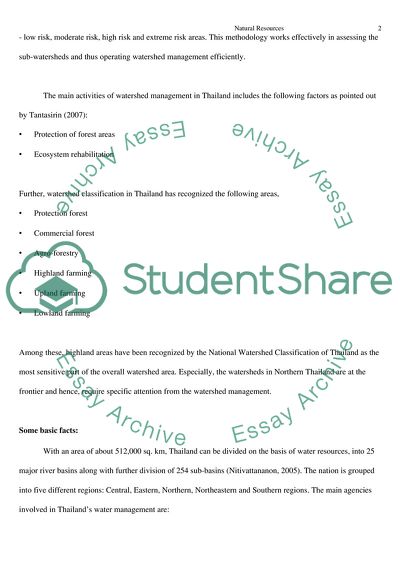Cite this document
(Watershed Classification of Thailand Assignment, n.d.)
Watershed Classification of Thailand Assignment. https://studentshare.org/environmental-studies/1726481-natural-resouces-and-environmental-vulnerability-assessment-for-watershed-protection
Watershed Classification of Thailand Assignment. https://studentshare.org/environmental-studies/1726481-natural-resouces-and-environmental-vulnerability-assessment-for-watershed-protection
(Watershed Classification of Thailand Assignment)
Watershed Classification of Thailand Assignment. https://studentshare.org/environmental-studies/1726481-natural-resouces-and-environmental-vulnerability-assessment-for-watershed-protection.
Watershed Classification of Thailand Assignment. https://studentshare.org/environmental-studies/1726481-natural-resouces-and-environmental-vulnerability-assessment-for-watershed-protection.
“Watershed Classification of Thailand Assignment”. https://studentshare.org/environmental-studies/1726481-natural-resouces-and-environmental-vulnerability-assessment-for-watershed-protection.


